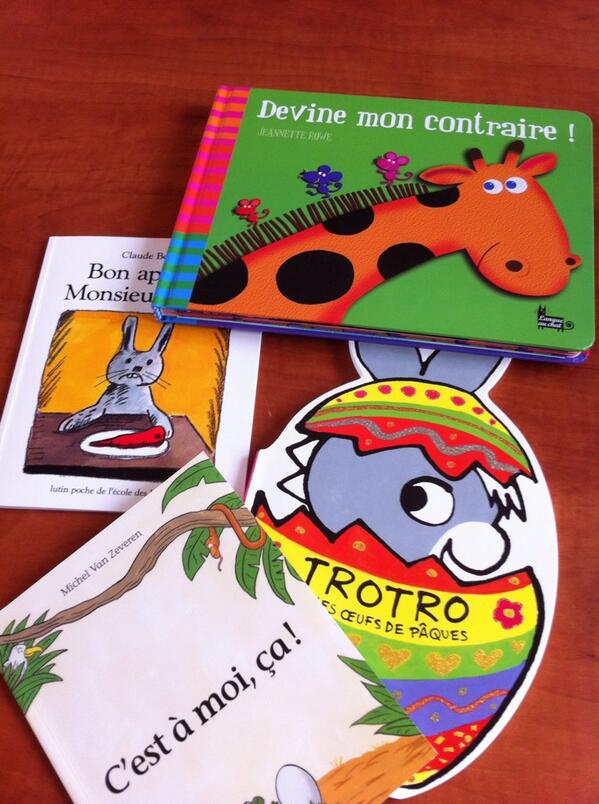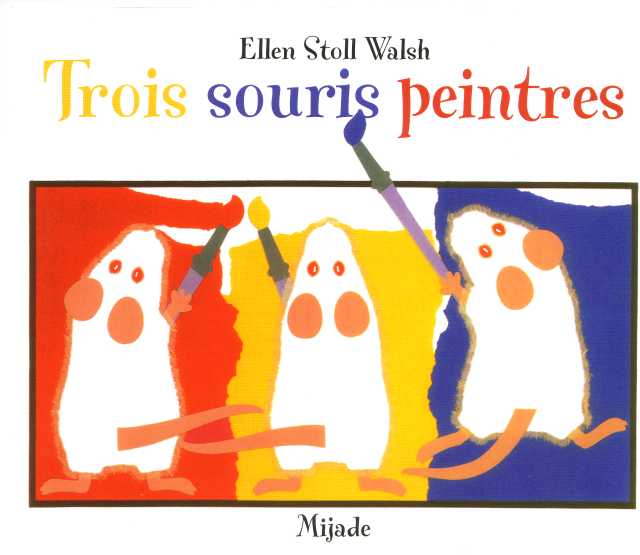Last month whilst in France I had a shopping list of books that I wanted to buy and spent a brilliant hour in Cultura in Carcassonne doing just that!
The books I had on my list are to support and extend the work we already have organised in our SOW.
Here are the books and my reason for buying thjem:
Books that are linked to festivals and are also stories based on popular French story characters.
Our young learners like the idea that they are looking at books that real French children enjoy.So Tchoupi and Petit Ours Brun cam immediately to mind!
Birthdays:
Christmas
Carnival
Books that are educational books for French children that we can use to introduce or investigate a specific learning context that we cover.
The first two books I selected are for LKS2, short stories about visitrs to sepcific places.They are inexpensive and again I chose two from the Petit Ours Brun series:
I found these three Kididoc books ( I love Kididoc) and feel that they can be used in UKS2 too as we can discuss how we can make books to help younger learners, focusing on the way the books inmtroduce language and use visuals , flaps etc.The books are also very informative and the text is accessible.With these books non specialist teachers can also be creative aswell- I am thinking display made by the children etc.
I chose these three themes:
School for our Y5 school focus
The beach again for our Y5 focus
......and finally this Kididoc book caught my eye.We are extending our cross curricular work and here is a gift all about planet earth .Each double page spread is a different focus withon this context.Brilliant!
Our cross curricular focuses are already part of the network packages we create and whilst looking for stories within a series based on a fictional French character. I came across the character Barri and could not leave this book behind!It is beautiful .On each page it poses a question and then you need to lift the flowers or the pond or the grass flaps to see what mini beasts are hidden underneath! Fantastic.
Great for our KS1 mini beast focus and new resource for a theme we use each year plus what a great book to use with KS2 linked to DT and making lift the flap books for KS1 - or even a performance and use of questions and answers.
Last year I saw both of the following books but just didn't have room to bring them home! As I have just mentioned we are working in mofr detail on our cross curricular themes in the next couple of months I decided to hunt them out and bring them home!
First a sophisticated look at travel to France by ferry- so UKS2 definitely!.Makes lot of sense as so many of our children travel by ferry to France! Several sentences per page , very detailed pictures to discuss what we can see in English and to look up key nouns in dictionaries etc and then to create our info docs!
And this wonderful book from larousse!" Le bord de mer" .It is a book to cherish I think .On some pages there are facts on others just pictures to discuss.There is a story that explains how to get to the seaide , pages on sea animals, rock pools ,under the sea, divers, keeping safe by the sea..... and the list goes on.I love it!!
...And finally I wanted to find a book using instuctional text for Year 6 and our cafe culture theme! I found the most incredible recipe book which will be so easy to use in class because it is all about making sandwiches.
Double page spread, colour pictures and the most clear instructions and pictures! Great ideas that link to alsorts of themes too so you can use it with Y3,4,5 and down in KS1 too and not just in primary foreign language teaching either!
































